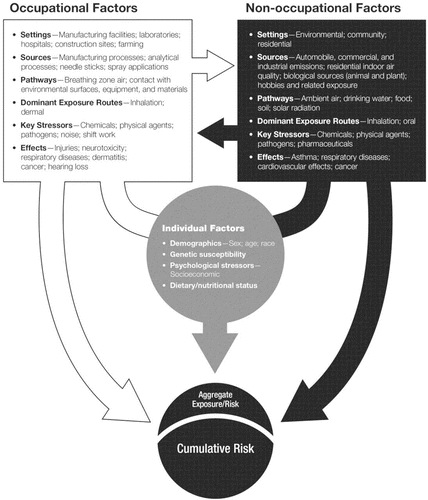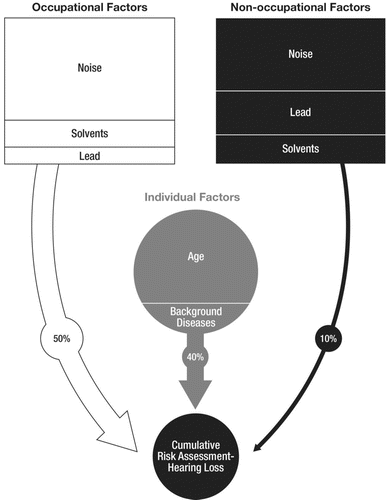Figures & data
Table 1 Glossary of Key Terms


Table 2 Critical Factors and Key Questions to Inform and Guide Aggregate and Cumulative Risk Assessments

Register now or learn more
Open access



People also read lists articles that other readers of this article have read.
Recommended articles lists articles that we recommend and is powered by our AI driven recommendation engine.
Cited by lists all citing articles based on Crossref citations.
Articles with the Crossref icon will open in a new tab.